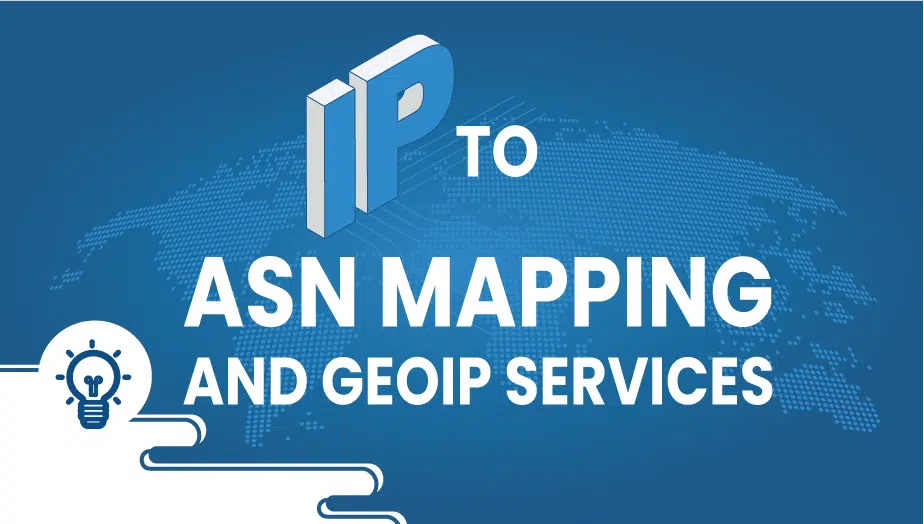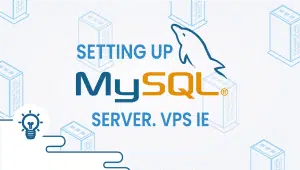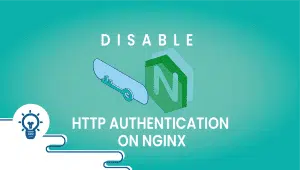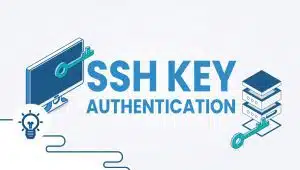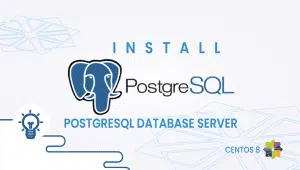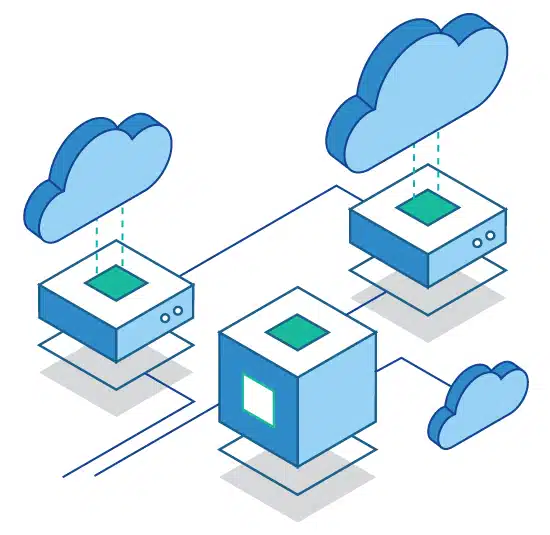IP TO ASN MAPPING IS NOT A GEOIP SERVICE!
The country code, registry, and allocation date are based on data obtained directly from the regional registries, including ARIN, RIPE, AFRINIC, APNIC, and LACNIC. The information returned relating to these categories will only be as accurate as the data present in the RIR databases.
IMPORTANT NOTE:
Country codes are likely to vary significantly from actual IP locations, and we must strongly advise that the IP to ASN mapping tool not be used as an IP geolocation (GeoIP) service.
The exact links for each of the datasets are as follows:
- ftp.arin.net/pub/stats/arin/delegated-arin-extended-latest
- ftp.ripe.net/ripe/stats/delegated-ripens-latest
- ftp.afrinic.net/pub/stats/afrinic/delegated-Afrinic-latest
- ftp.apnic.net/pub/stats/apnic/delegated-apnic-latest
- ftp.lacnic.net/pub/stats/lacnic/delegated-lacnic-latest
The ASN descriptions are based on data obtained from cidr-report. (http://www.cidr-report.org/)
If you are looking for an IP geolocation service, please check out one of the following (note: links do not constitute an endorsement, please get in touch with us if you have a major commercial or free IP geolocation service you would like listed here):
- MaxMind http://www.maxmind.com/app/ip-location
- IP2Location http://www.ip2location.com/
- Quova http://www.quova.com/
To obtain more details about peering – Below is a list of the most familiar looking glass :
BGP Origin ASN
BGP Peer ASN
BGP Prefix
Prefix Country Code (assigned)
Prefix Registry (assigned)
Prefix Allocation date
ASN Country Code (assigned)
ASN Registry (assigned)
ASN Allocation date
ASN Description
Cogent: http://www.cogentco.com/en/network/looking-glass
Level 3: http://www.globalcrossing.com/network/network_looking_glass.aspx
GTT / Tinet : http://www.gtt.net/services/ip-transit/gtt-tinet-looking-glass/
HE : http://lg.he.net/
NTT : https://www.us.ntt.net/support/looking-glass
Global Crossing: http://lg.bt.net/
DE Telecom : https://s-lga1.s.de.net.dtag.de/index.php?pageid=lg
SAVVIS : http://as3561lg.savvis.net/lg.html
Sprint : https://www.sprint.net/lg
Vodafone : https://support.cw.com/?TESTDRIVE=1&LG=1
KPN : http://stats.eurorings.net/cgi-bin/lg.cgi
Earthlink : http://lg.eastlink.ca/
XO : http://xostats.xo.com/cgi-bin/xostats/diagtool-pub
TATA : http://lg.teleglobe.net/lg/
Tinet : http://www.ip.tiscali.net/lg/
Quest : http://stat.qwest.net/looking_glass.html
Centauri : http://lg.centauricom.com/lg/lg.cgi
EasyNet : http://lg.easynet.net/lg.php
TeliaSonera : http://lg.telia.net/
LINX : https://www.linx.net/pubtools/looking-glass.html
Most of those looking-glass links support IPv4 as well as IPv6
Hope that helps!
FAQ
IP to ASN mapping is the process of determining the Autonomous System Number (ASN) that is associated with a given IP address. An ASN is a unique number that is assigned to an organization by the Internet Assigned Numbers Authority (IANA) and is used to identify the organization’s network on the Internet.
A Looking Glass tool is a web-based network diagnostic tool that allows users to view routing information, traceroutes, and other network data for a specific IP address or domain. It can be used to troubleshoot network issues and to check the status of routes and network paths.
In the context of IP addresses, a registry is an organization that manages the allocation and registration of IP addresses and other network resources. There are several regional Internet registries (RIRs) that manage IP addresses for specific regions, as well as national and local registries.
A GeoIP service is a tool that allows users to determine the geographic location of an IP address. It can be used to provide location-based services, track user behavior, and block access from specific regions.
There are several websites and tools available online that provide IP to ASN mapping and Looking Glass services. Some popular tools include Hurricane Electric’s BGP Toolkit, RIPE NCC’s Looking Glass, and ARIN’s Whois database.
IP to ASN mapping and GeoIP services are commonly used for network troubleshooting, monitoring network traffic, and usage, providing location-based services, and enforcing geographic restrictions on access to websites and services. They can also be used for security purposes, such as to identify and block malicious traffic from specific regions or to monitor suspicious activity.

